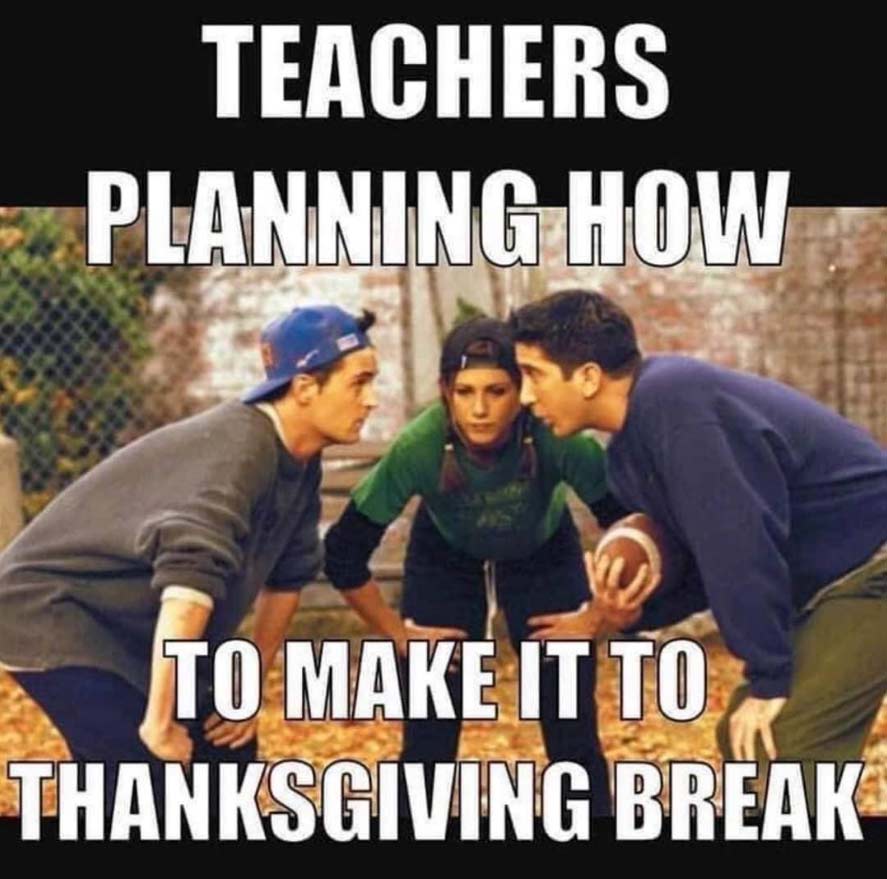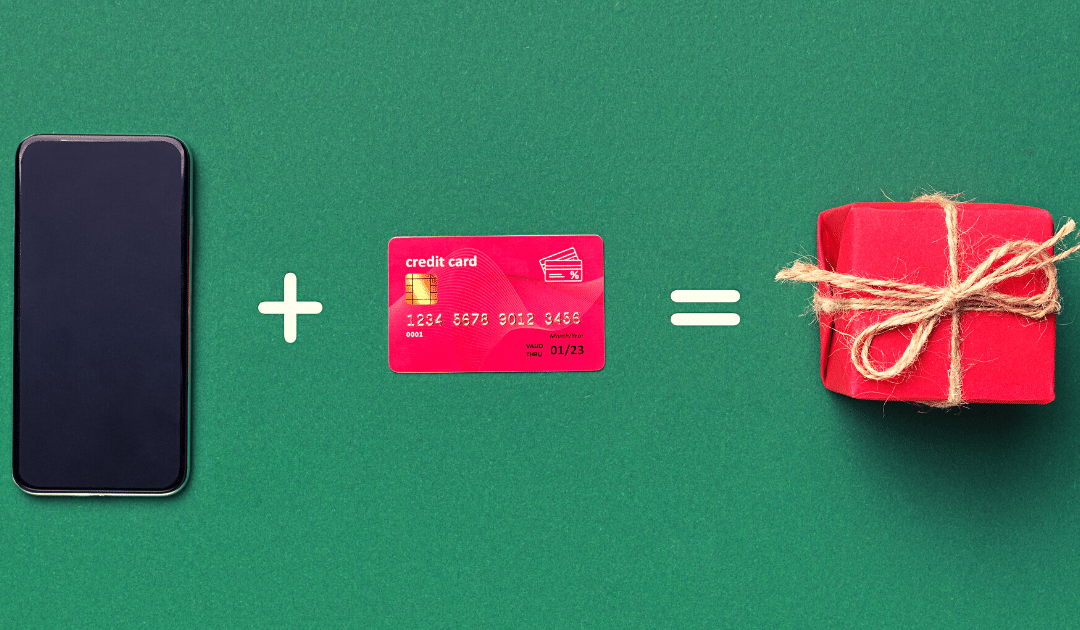
by California Casualty | News |
If you’ve ever traveled to Thanksgiving dinner holding a steaming hot casserole on your lap, you know how tricky it can be to transport food. In fact, bringing a holiday or game day dish in your vehicle – without spilling or ruining it – is somewhat of an art form.
We’ve put together the following tips to help you safely and easily transport your holiday or game day feast. Share this with anyone you know who is bringing a dish to a gathering this season!
Hack #1: Choose the right container.
You don’t have to buy a special container for transport, but you do have to ensure your container is the right one for your food. Choose containers that are food-safe and easy to clean, and that fit the amount of food you are transporting.
-
- If placing containers in boxes or laundry hampers for transport, surround them with rolled-up towels. Not only will the towels help insulate the dish, but they will also soak up any unexpected spills.
- Use a thermos or vacuum food flask to transport hot soups, sauces, or gravies. After filling, turn them upside down in the sink to ensure there are no leaks.
- Use a slow cooker or crockpot with a locking lid for easy transport. Cover the top with foil before placing the lid for extra security.
- For transporting a pie, take an extra metal pie tin, flip it upside down and use it to “tent” the pie. Secure with aluminum foil. For two pies, put them on a baking sheet and wrap tinfoil around the pies and sheet.
- Use an egg carton to transport deviled eggs or similarly sized hors d’oeuvres.
- Consider purchasing a travel casserole dish. This consists of a Pyrex dish and a secure rubber lid. Some models come with a microwaveable gel pouch and an insulated carrying case to keep the dish hot.
Fun Tip: Package your dish in Mason jars for festive but easy transport and let the hostess keep the jars as a gift.
Hack #2: Secure your dish.
Your dish was perfect when it left the house. Make sure it arrives in that condition by preparing it for the journey.
-
- It’s never a good idea to hold food on your lap or put it on the car’s floor without securing it. A sudden stop or unseen pothole could launch it everywhere.
- Store the food where it fits snugly. This may be between two heavier items in your trunk to keep it from sliding. It may be wedged behind the driver’s seat on the floor.
- Secure the box, laundry hampers, or tote with bungee cords as an added precaution.
- Borrow the grippy liner from your silverware drawer. Put it underneath your food container and/or box to keep everything from sliding.
- If transporting bite-sized hors d’oeuvres, put them on a clean dishtowel on top of a plate, and then cover. The towel will help them not slip, slide and flip.
Fun Fact: If not secured, a 20-lb. turkey can hit a person with 600 lbs. of force in a car crash when the vehicle is moving at just 35 mph, according to Car Pro USA.
Hack #3: Keep it hot or cold.
Keeping your dishes at the right temperature not only make celebrating fun but help with food safety. According to the USDA, hot foods should be above 140 degrees Fahrenheit and cold foods should be below 40 degrees Fahrenheit. Anywhere between those temperatures is the danger zone where foodborne bacteria could grow.
-
- Glass containers hold heat better than plastic. Aluminum foil also holds heat. Disposable foil food containers work well for hot foods.
- Place your cold or hot foods in an insulated container. These include bags like the pizza delivery drivers use, or coolers that you fill with ice.
- Pre-chill the cooler. Put an ice pack into it overnight. Then, it will already be cool when you place the food and the new ice packs.
- Newspaper is a great insulator for keeping food cold. You can pack cold food in a box surrounded by crumpled newspapers.
- You can transport your food in a slow cooker which also will hold its heat.
- Consider purchasing a portable 12-volt heater or cooler that plugs into the outlet in your car. This will limit where the dish may be secured but will maintain its temperature.
Fun Tip: Use a couple of hot baked potatoes as a heater to keep a hot dish warm while traveling.
Hack #4: Choose the right recipe.
Consider the distance when choosing your recipe and also how easy the dish is to transport. This decision alone may take some of the stress out of transporting your food to a holiday or game day gathering.
-
- A dish that doesn’t require an oven or a refrigerator is less stressful for the host.
- If you choose a hot dish, find one that also will taste good when served lukewarm.
- If possible, select an item that can be served at room temperature.
- Consider a recipe that you can assemble at your destination so that you can transport its components without worrying about the appearance of the full dish.
- See these Food Network recipes for dishes that travel well for game day or these ideas for last-minute Thanksgiving dishes.
- Take precautions to avoid holiday cooking fires.
Fun Tip: Choose a recipe that you can freeze ahead of time, and let it defrost on the way to the celebration.
Hack #5: Prepare for leftovers.
Leftovers are a wonderful part of holiday gatherings. Not only are they delicious but they help you extend that feeling of celebration.
-
- Arrive with your own reusable containers and food storage bags.
- Carry those items in a reusable bag so you have something to transport the containers when they are full.
- Keep food safety in mind. Store perishable items in coolers with ice for the ride home.
- Pack the food in your car in the same way that you transported food to the gathering. Make sure to secure it so it doesn’t move around.
Fun Tip: Mark your serving dish with your name and number, taped to the bottom, so that it gets back to you after the celebration.
This article is furnished by California Casualty, providing auto and home insurance to educators, law enforcement officers, firefighters, and nurses. Get a quote at 1.866.704.8614 or www.calcas.com.
by California Casualty | News |
We have amazing employees at California Casualty. The New Employee Spotlight is a series aiming to highlight the talented individuals that are brand new to our team. Please help us give them a warm welcome!
Today we’re spotlighting New Field Marketing Manager: Zari Session
Let’s get to know Zari!

Where are you from?
Redlands, CA
What is one interesting fact you want us to know about you?
I auditioned for America’s Got Talent. I did not make it on TV, but it was the best experience and
I met so many talented people!
If you could eat one food for the rest of your life, what would it be?
Sushi
What do you like to do on the weekends?
Hiking
Writing Music
Volunteering
What made you want to start your new career with California Casualty?
California Casualty is a well-respected, family-owned business that provides Home and Auto Insurance
to American Heroes. When a position opened up with CalCas I was eager to be a part of such an
amazing company.
If you want to learn more about Zari or are interested in a career at California Casualty, connect with her on LinkedIn! Or visit our careers page at https://www.calcas.com/careers

by California Casualty | Educators |
Is it time for break yet? We’re counting down the seconds.
While some may already be enjoying their time at home with friends and family others are in the classroom right up until Thanksgiving day. Your main goal is to keep students busy and on-task, but even that’s becoming more and more of a challenge…
You don’t want to lose the momentum you have had all semester with your class, but truthfully you are equally as eager for the Holiday and time away from the classroom. It may feel like there’s no end in sight right now, so here are a few tips along with a few memes (of course) on how to keep your student’s behavior in check and enjoy these last few days.

1. Don’t talk too much about break… at least not to your students
It’s easy for students to get lost in the anticipation and lose sight of how much time is left to learn before you actually leave for Thanksgiving break if you keep mentioning it. That’s why it’s best to wait until at least a few days before to start talking about break. That’s not to say you can’t mention it to your co-workers 😉

2. Stick to your normal routine
The mid-semester blues have set in; the point where teachers start to let up and loosen classroom rules. More chairs are being tipped back, GoNoodle is becoming the go-to, and all other classroom rules are starting to fall by the wayside. But, its crucial that you stick to your normal rules and routines. Your students will be able to see you letting up and chances are they will take advantage of that by starting to act up and distract your class. Hold firm in your routine as long as possible. This doesn’t mean you can’t work in some fun Thanksgiving games and activities, just don’t let the whole day (or week) become a free-for-all. Because we all know, once you lose a child’s focus before break it’s hard to get it back.

3. Don’t overwhelm yourself
Get prepared before you leave, but don’t overwhelm yourself with all of your grading and lesson planning at once. Remember, after Thanksgiving break you still have a few weeks left before the semester ends. Instead of trying to do it all, take care of everything that needs your immediate attention before you leave and make a solid plan on how your next few weeks will be when you return. This way you will be able to prioritize your work and keep on track before Christmas break.
4. Try to over-plan your break before it gets here
There is nothing worse than having a break that is so jam-packed you don’t have any time to relax and enjoy yourself. These days leading up to break when friends and family are texting and calling wanting to make plans, make time for them, but be careful not to make your schedule so full that you don’t have time for yourself. Remember, it’s okay to say ‘no’.
5. Think positive
This school year has been stressful for so many teachers, with the lack of subs, COVID protocols, the switch between in-person and remote teaching, etc. You work hard every single day and you’re exhausted, but you’ve got this! You have earned this much-needed break. Don’t feel guilty for looking forward to it or Christmas break as much as you are.
Have a happy and safe Thanksgiving break!
This article is furnished by California Casualty, providing auto and home insurance to educators, law enforcement officers, firefighters, and nurses. Get a quote at 1.866.704.8614 or www.calcas.com.

by California Casualty | Good to Know, Safety |
As we head into the most wonderful time of the year, cybercriminals are gearing up for their busiest season.
While you are carefully crafting your holiday gift list (and checking it twice!) these criminals are perfecting their cyber scams, online fraud schemes, and identity theft plans.
So before you join the millions of others searching out those perfect stocking stuffers, check out these 10 tips to protect yourself and your family online.
1. Secure your home network – Use strong passwords and WPA2 or WPA3 encryption (see tips here to secure your network). Change your router/modem’s default name and pre-set password.
2. Update your antivirus software – Antivirus software is always being updated (thanks to a continuous stream of new threats) so make sure yours is up to date on all your household’s devices.
3. Use a password manager – Create strong passwords on all your devices and use a password manager to keep track. Consider using two-factor authentication to add an extra layer of protection.
4. Update your devices – Operating system and software updates often include security updates. Make sure your computers, tablets, and phones are all updated. Turn on auto-updates so you don’t have to think about it.
5. Use one or two credit cards and monitor them – Using just one or two cards for your holiday shopping will make it much easier to track purchases and spot any fraud early on. Some lenders will even alert you when your card logs transactions that are out of your normal spending pattern and ask your permission before completing the purchase. Mobile pay options such as Apple Pay or Google Pay also offer good protection because they use secure tokens instead of an actual card number.
6. Only shop reputable websites – Big brands and companies are more likely to have strong security on their sites’ transaction platform. But no matter the website, if a link, landing page or online shopping cart looks suspicious, log off immediately.
7. Watch for phishing – Phishing spikes during the holidays. These emails and texts usually look like they’re coming from a source or company you know. They typically ask for sensitive information such as personal or bank information and ask you to click on a link or attachment. Remember that government agencies and reputable companies will never ask you to send sensitive information this way. Delete these messages without clicking on anything. If you’re on the fence about its legitimacy, you can open a separate browser and log in to your account fresh – or call customer service to double-check.
8. Be smart on social media – If you’re headed out of town during the holidays, don’t post plans or info publicly on your social channels. This could make your home vulnerable to a break-in.
9. Be savvy with donations – Many people generously open their wallets during the holidays to help those in need or causes they support. If you’re planning on donating this year, be extra cautious. Stick to reputable, well-known charities. Contact them directly to donate, rather than clicking on a link or giving your information over the phone.
10. Watch your front porch – More online shopping means more deliveries. Bring packages in as soon as possible so they don’t tempt thieves. Neglected packages may also make it look like you’re out of town, making your home a target for burglars.
Make sure all family members are on board with, understand, and carry out the above tips before logging on to find those hot holiday deals. This includes kids and teens who are at home and on screens all day – and who usually aren’t as savvy about security and scams. For more safety tips, check out our articles here and here.
If you’re a California Casualty member, take comfort in the fact that you’re automatically enrolled in ID theft resolution services — which provides free help if you are ever the victim of identity theft. Learn more about the services here.
This article is furnished by California Casualty, providing auto and home insurance to educators, law enforcement officers, firefighters, and nurses. Get a quote at 1.866.704.8614 or www.calcas.com.

by California Casualty | Educators |
Reading can transport children to far-off lands, introduce them to beloved characters, and entertain them for hours. It also can boost their vocabulary, increase their attention span, and set them up for academic success.
Yet many children today spend more time on a device than with a book. Here are some strategies that parents can use to cultivate a love for reading with their children.
Teachers, this is a great article to share with your class parents.
Make reading a daily habit.
Set a regular time in your child’s schedule to read, even if it’s just 5-10 minutes. It could be part of their bedtime routine during weekdays or quiet time on weekends. Read aloud to your children if they can’t yet read, or even if they can. Importantly, let your children see you read, too.
Create a special space for reading in your home.
Reading is pleasurable. Your special spot for reading should be, too. Find a place in your home that is quiet and away from TV or computers. Add a comfortable chair and a light. Include a table so that you can enjoy some tea or hot cocoa as you read. Lay a blanket on the back of the chair so you can wrap yourself in warmth. For young children, create child-sized spaces with books on low shelves or in floor bins so kids can easily reach them.
Make reading a family affair.
Schedule a family reading day. Make special book-themed snacks, read the book, and watch the movie. Incorporate books into your holiday traditions. Play reading bingo. Help your children find books on topics that interest them, or with characters to whom they can relate. Choose a fun family project that you need to research using books. Involve your children in finding the information and completing the project with you. Read the same book your child is reading so you can talk about it. You can even take turns reading aloud.
Tip for a reluctant reader: Read aloud but stop at an exciting cliffhanger. Then put the book down and walk away. Your child might just pick it up to find out what happened!
Keep track of books to read.
Make a list of the books your child wants to read. Ask friends for suggestions. Look up other books of authors your child likes. Keep a log of what your child has read with notes if you’d like. It’s fun to look at that list after a few months. You can set up a Pinterest board with the books they’ve read, too. Ask your child to set a goal for how many books he/she wants to read. When your child reaches the goal, celebrate!
Visit the library and bookstores.
Take regular trips to get more reading material. The library is a wonderful place to start, plus it’s free. Try the used bookstore, too, where you can get great bargains. Choose books that are fun and engaging and books that help children develop important skills. The most popular authors are often great storytellers.
Carry a book or ebook reader.
Reading is a great way to pass the time. Keep one (or more) books or an e-reader in your car or bag so your child can read while traveling, waiting in line at the bank, or anytime there is downtime. Keep your child’s latest read in his/her backpack so he can take advantage of downtime at school.
Start a book club.
A parent-child book club can be great fun. Make the book choice one that fosters lively discussion. Relate it to your personal lives. Ask for honest reviews of the book. Bring star stickers for the kids to use as ratings. Incorporate a fun snack that is related to the book.
Tip: Find free & low-cost books here.
Attend storytimes, author visits, and book events.
Join other book lovers to celebrate reading at fun events hosted at your local library, bookstore, or in your community. Look for local events held during National Read Across America Day on March 2.
Join an online community.
One popular site for finding book recommendations is Goodreads, but you have to be 13 or older to join. (Adults can join and search for children’s books, however.) For younger readers, try Biblionasium, a free and safe community for readers in grades K-8. The site is searchable by reading level and students may build their own virtual bookshelf. DogoBooks is a paid site that hosts the National Geographic Kids Book Club and features contests and giveaways.
This article is furnished by California Casualty, providing auto and home insurance to educators, law enforcement officers, firefighters, and nurses. Get a quote at 1.866.704.8614 or www.calcas.com.










